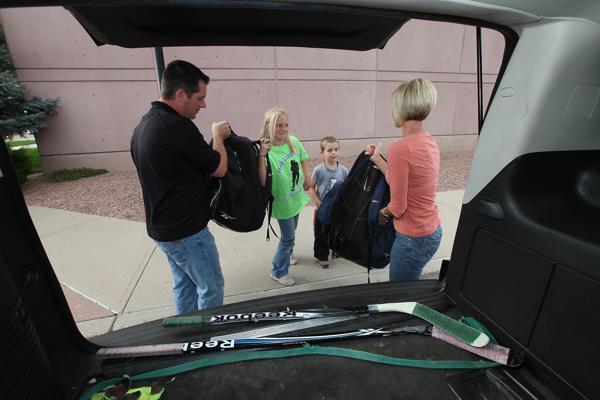Parents and coaches should not be in a rush to specialize youngsters into hockey. They need a good base of athleticism above all else.
“What you’re trying to do as a hockey coach in developing your athletes at the youngest of ages, 6-9 years old, are basically agility, balance and coordination,” Koelling said. “And those things crossover to all sports, so they are the same thing you’re trying to develop whether it be baseball, tennis, lacrosse or hockey.”
These principles support physical literacy, a key component to developing healthy, resilient, active children who can reach their full potential.
Read: The Key to Physical Literacy and Athletic Excellence
USA Hockey’s ADM Technical Director Ken Martel discusses the crossover benefits of multiple sports. He calls them “donor sports.”
Read: Sports That Foster Hockey Skills
As the Director of Hockey Operations with the University of Minnesota Duluth men’s hockey team, who’ve won three NCAA national championships in the last decade (2011, 2018, 2019), Koelling sees the overall athletic ability in the recruits coming to campus and the importance of a well-rounded athlete.
“Most players that we see that are in the mix for college hockey were multi-sport athletes,” Koelling said. “There comes a time in development when they get to be really serious at 15 or 16 and they start to focus on hockey. That becomes more of an issue with time and training being more intense. As a preteen and young teenager, it’s important to participate in other sports and that leads to the overall development path, where you may be in that position to focus on a specific sport once you’re in that recruiting age.”
Even when targeting sport-specific skills as kids get older, it’s still important to take a break from hockey.



